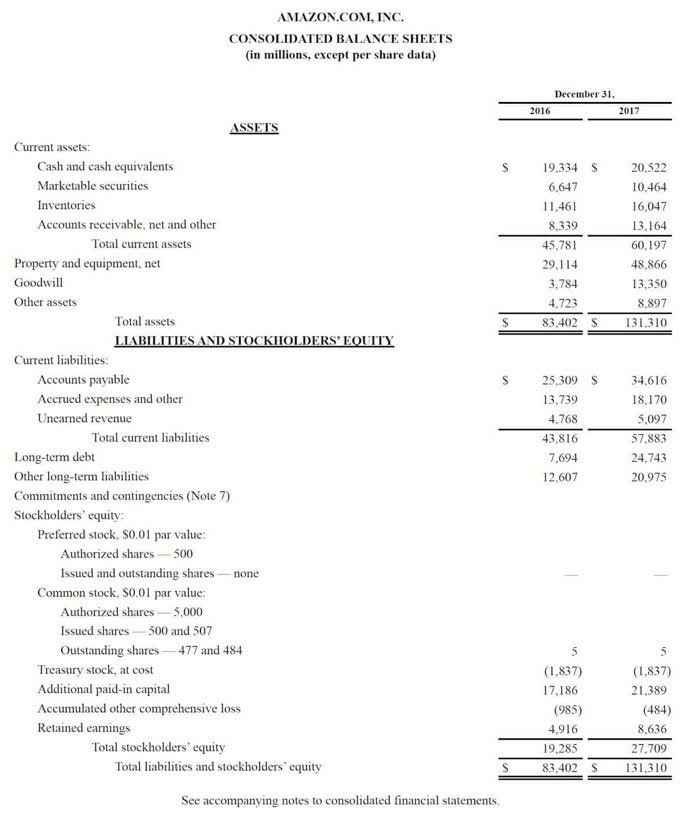
Based on this calculation, the business can make several decisions such as what the price of the product should be, how much resources should be allocated towards the production of the product, etc. Once the units to be produced or activity base has been estimated, the business must then estimate its total manufacturing costs based on the number of units to be produced. Once both these estimates have been made, the business can calculate its predetermined overhead rate. Commonly, the manufacturing overhead cost for machine hours can be ascertained from the predetermined overhead rate in the manufacturing industry. Further, it is stated that the reason for the same is that overhead is based on estimations and not the actuals.
Sales and production decisions based on this rate could be faulty

Company B wants a predetermined rate for a new product that it will be launching soon. Its production department comes up with the details of how much the overheads will be and what other costs will be incurred. The estimate is made at the beginning of an accounting period, before the commencement of any projects or specific jobs for which the rate is needed.

Do you already work with a financial advisor?
This allows the business to proactively control its performance rather than taking a reactive approach towards it. (c) Last but not least, we normally use a rate per unit to calculate the predetermined overhead rate when all units are identical. In these situations, a direct cost (labor) has been replaced by an overhead cost (e.g., depreciation on equipment). To account for these changes in technology and production, many organizations today have adopted an overhead allocation method known as activity-based costing (ABC).

Free Balance Sheet Template for Small Business
Using activity based costing, it is possible to understand the value of an activity and cost it accordingly instead of using time as a basis for allocating overheads. The formula for a predetermined overhead rate is expressed as a ratio of the estimated amount of manufacturing overhead to be incurred in a period to the estimated activity base for the period. By understanding how to calculate this rate, business owners can better control their overhead costs and make more informed pricing predetermined overhead rate formula decisions.
As with your dollar-amount-to-overhead ratio, your overhead-to-labor-cost is better when less. That means you put your labor force into optimum utilization at minimum overhead costs. On the other hand, if the business wants to use actual overheads, it has to wait for the end of the month and get invoices in hand. So, it may not be a good idea with perspective to effective business management.
To Estimate the Total Manufacturing Costs
If a https://www.bookstime.com/articles/normal-balance company prices its products so low that revenues do not cover its overhead costs, the business will be unprofitable. The application rate that will be used in a coming period, such as the next year, is often estimated months before the actual overhead costs are experienced. Often, the actual overhead costs experienced in the coming period are higher or lower than those budgeted when the estimated overhead rate or rates were determined. At this point, do not be concerned about the accuracy of the future financial statements that will be created using these estimated overhead allocation rates. You will learn in Determine and Disposed of Underapplied or Overapplied Overhead how to adjust for the difference between the allocated amount and the actual amount.
- The estimate will be made at the beginning of an accounting period, before any work has actually taken place.
- Examples can include labor hours incurred, labor costs paid, amounts of materials used in production, units produced, or any other activity that has a cause-and-effect relationship with incurred costs.
- The overhead rate is a cost added on to the direct costs of production in order to more accurately assess the profitability of each product.
- These two factors would definitely make up part of the cost of producing each gadget.
- Adam Hayes, Ph.D., CFA, is a financial writer with 15+ years Wall Street experience as a derivatives trader.
- Therefore, the one with the lower shall be awarded the auction winner since this project would involve more overheads.
Further, overhead estimation is useful in incorporating seasonal variation and estimate the cost at the start of the project. So, a more precise practice of overhead absorption has been developed that requires different and relevant bases of apportionment. Businesses normally face fluctuation in product demand due https://x.com/BooksTimeInc to seasonal variations. Fixed overheads are expected to increase/decrease per unit in line with the seasonal variations.

